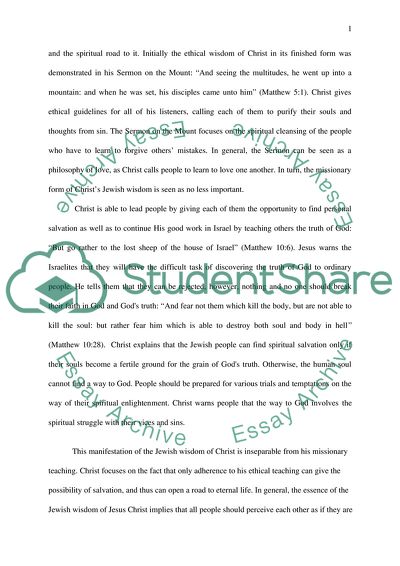Cite this document
(“The Distinctive Features Of Jesus' Image In Matthew And Luke Essay”, n.d.)
The Distinctive Features Of Jesus' Image In Matthew And Luke Essay. Retrieved from https://studentshare.org/religion-and-theology/1701537-the-distinctive-features-of-jesus-image-in-matthew-and-luke
The Distinctive Features Of Jesus' Image In Matthew And Luke Essay. Retrieved from https://studentshare.org/religion-and-theology/1701537-the-distinctive-features-of-jesus-image-in-matthew-and-luke
(The Distinctive Features Of Jesus' Image In Matthew And Luke Essay)
The Distinctive Features Of Jesus' Image In Matthew And Luke Essay. https://studentshare.org/religion-and-theology/1701537-the-distinctive-features-of-jesus-image-in-matthew-and-luke.
The Distinctive Features Of Jesus' Image In Matthew And Luke Essay. https://studentshare.org/religion-and-theology/1701537-the-distinctive-features-of-jesus-image-in-matthew-and-luke.
“The Distinctive Features Of Jesus' Image In Matthew And Luke Essay”, n.d. https://studentshare.org/religion-and-theology/1701537-the-distinctive-features-of-jesus-image-in-matthew-and-luke.


